Packages & Tutorials
Engineering Files & Tools
Software
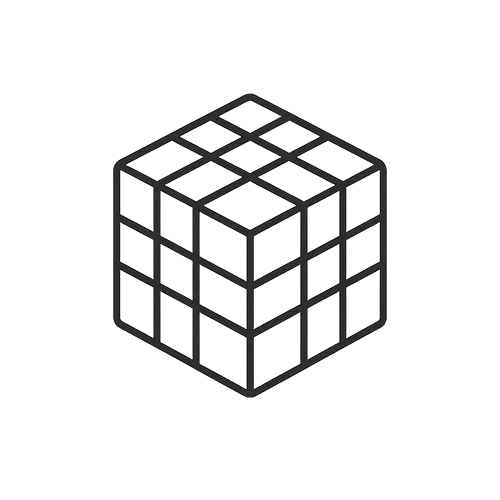
Ready-to-use Models (FEA/CFD)
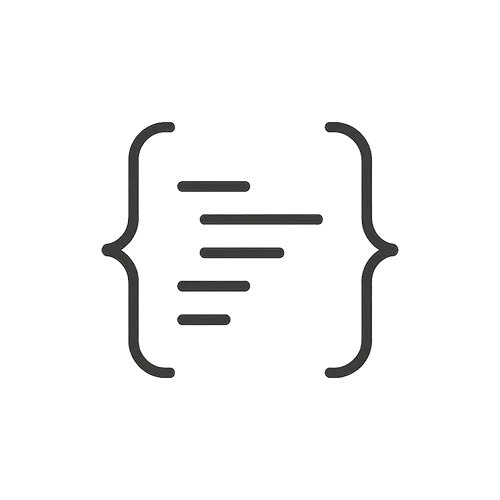
Excel Sheets & Hand Calculations
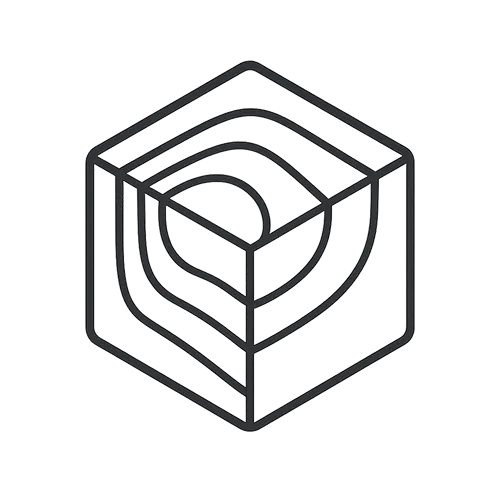



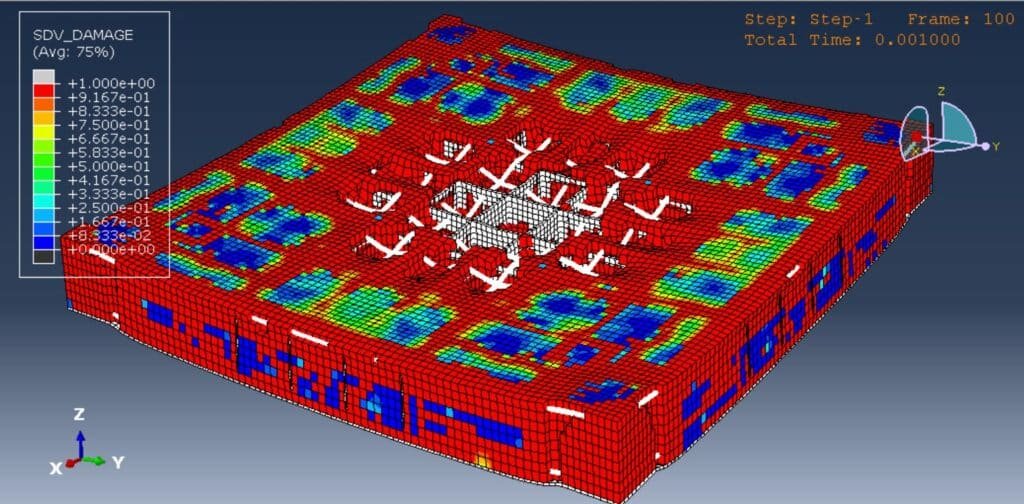

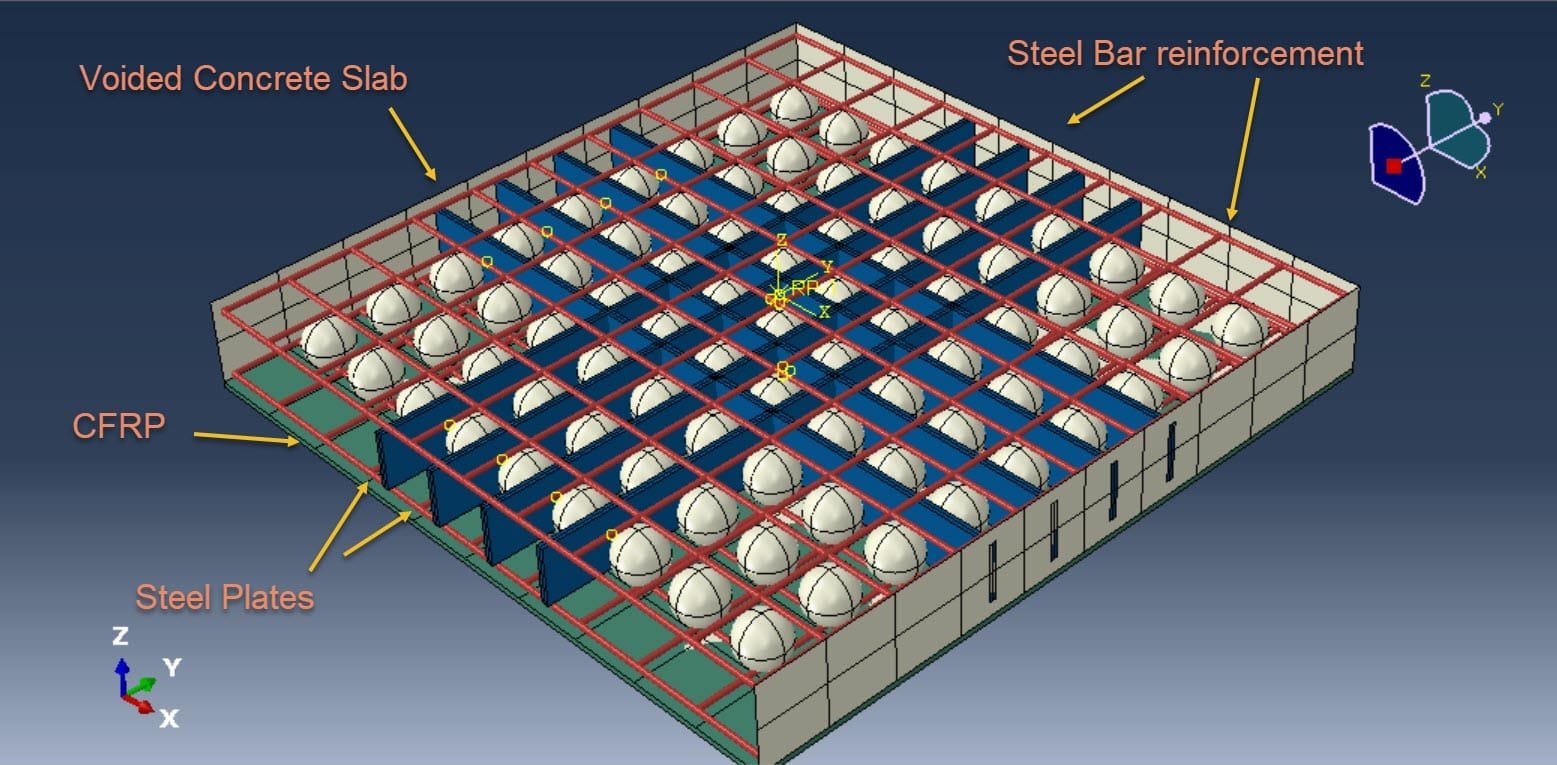



Introduction to Blast Resistance Behavior of Interior Voided Slab-Column Connections Using Steel Sheets and CFRP Reinforcement
Background
Slab-column connections are critical structural elements in modern buildings, particularly in high-risk environments where blast resistance is a design consideration. Traditional reinforced concrete (RC) slab-column connections may experience punching shear failure under blast loads, leading to catastrophic structural collapse. To enhance blast resistance, researchers have explored innovative techniques such as voided slabs with steel sheets and carbon fiber-reinforced polymer (CFRP) reinforcement.
Voided Slab Systems
Voided slabs incorporate hollow sections (voids) to reduce self-weight while maintaining structural integrity. Under blast loading, these voids can help dissipate energy and reduce stress concentrations. However, the presence of voids near slab-column connections may weaken punching shear capacity, necessitating additional reinforcement.
Reinforcement Strategies
1. Steel Sheets
Steel sheets embedded near the connection improve ductility and energy absorption.
They act as shear reinforcement, redistributing blast-induced stresses.
Steel’s high tensile strength helps prevent sudden failure.
2. CFRP Reinforcement
CFRP sheets or strips bonded to the slab’s tension face enhance flexural and shear resistance.
CFRP’s high strength-to-weight ratio and corrosion resistance make it ideal for blast retrofitting.
CFRP confinement around the column improves punching shear capacity.
Blast Resistance Mechanisms
Energy Dissipation**: Steel sheets and CFRP absorb and redistribute blast energy, reducing damage.
Enhanced Ductility: Prevents brittle failure by allowing controlled deformation.
Punching Shear Resistance: CFRP and steel sheets reinforce the critical perimeter around the column.
Research and Applications
Recent experimental and numerical studies have demonstrated that:
Voided slabs with steel-CFRP hybrid reinforcement exhibit improved blast resistance compared to conventional RC slabs.
Proper detailing of reinforcement around voids is crucial to prevent stress concentrations.
In this case, the Johnson-Holmquist model is selected to demonstrate the full failure of the concrete material. The Johnson-Holmquist (JH2) material model is a constitutive model used to simulate the mechanical behavior of brittle materials, such as ceramics, concrete, and rocks, under high-strain-rate loading conditions, including impact, penetration, and blast events. The model accounts for strength degradation, damage accumulation, and pressure-dependent yield behavior, making it suitable for dynamic finite element simulations
Conclusion
The combination of voided slabs, steel sheets, and CFRP reinforcement offers a promising solution for enhancing the blast resistance of slab-column connections. Future research should focus on optimizing reinforcement layouts and assessing long-term durability under cyclic blast loads.


Dynamic
€1,00 €0,00
See more

Want to receive push notifications for all major on-site activities?